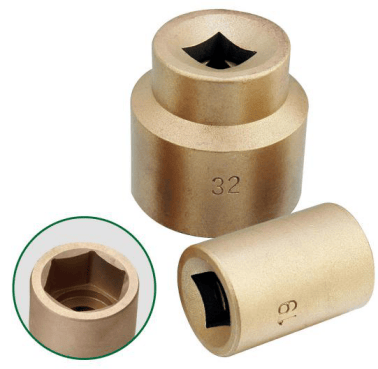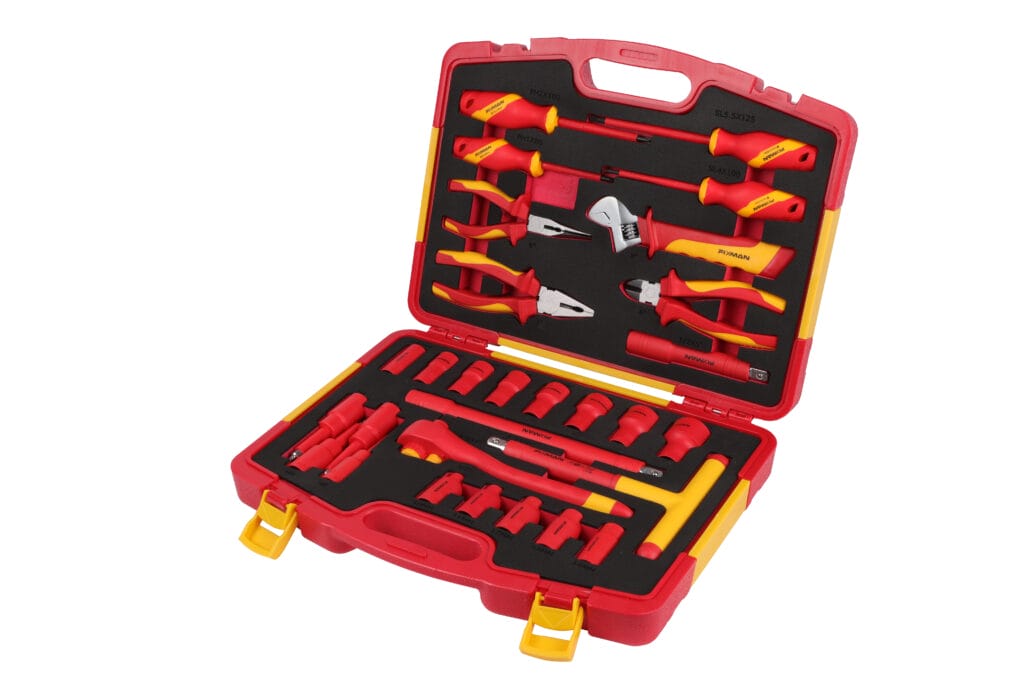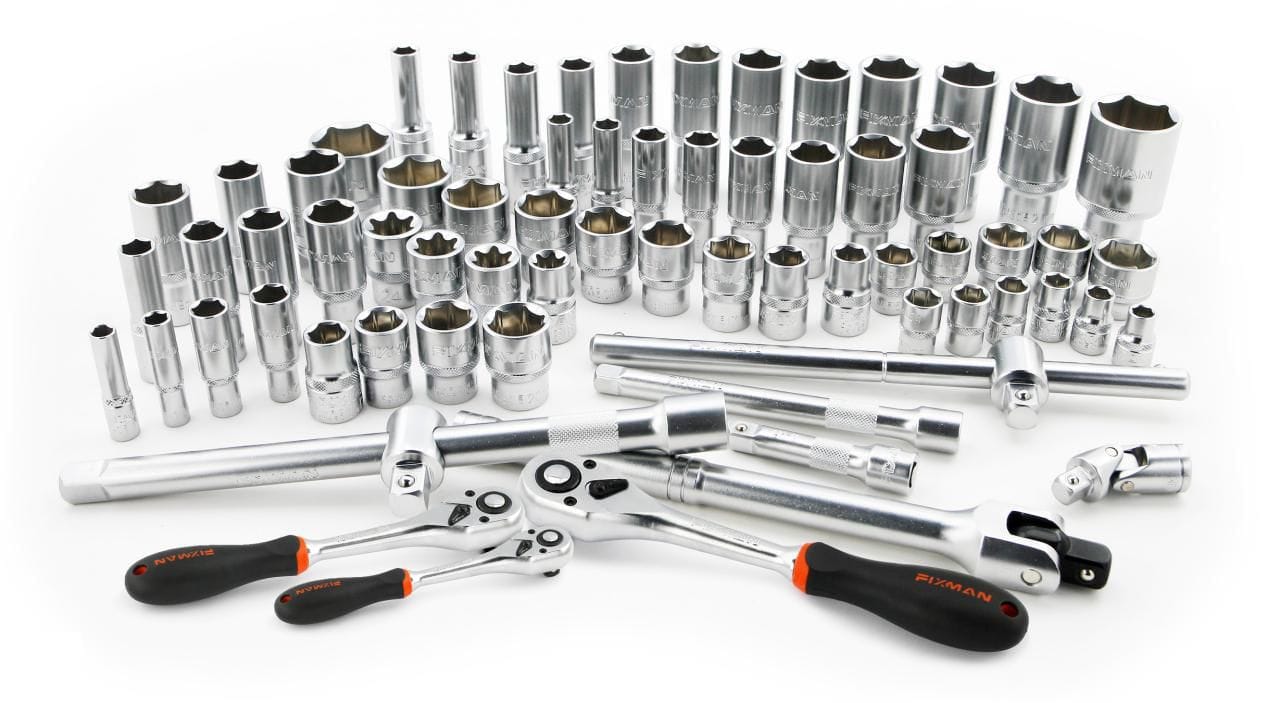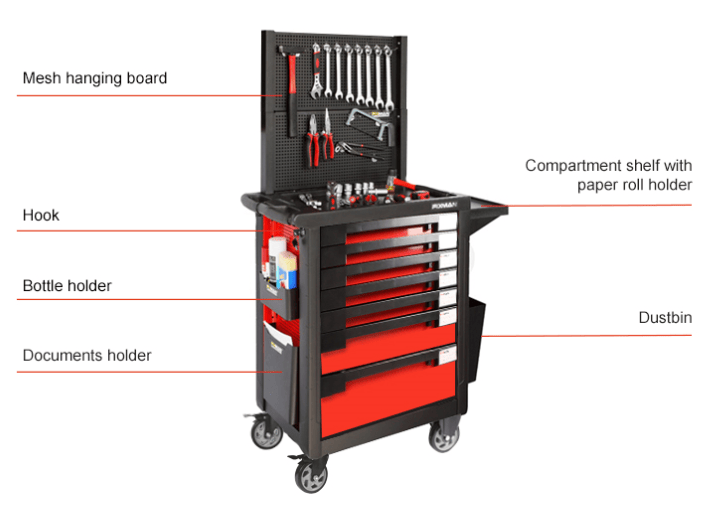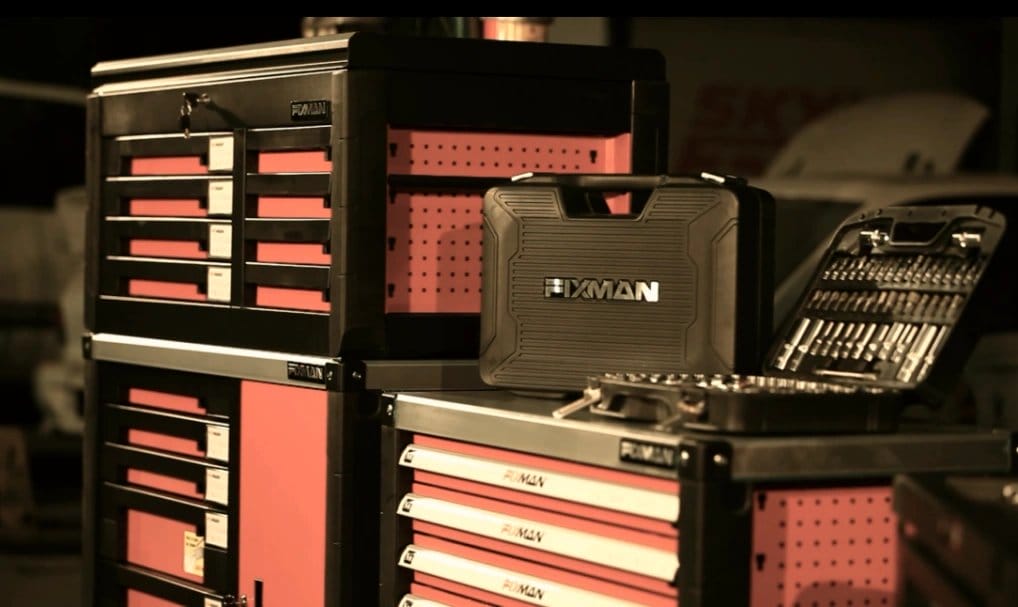In general, a socket is a cylindrical tool used(together with a ratchet wrench) to remove and install nuts or bolts. Its inner surface is hexagonal in cross section.It’s widely used for car repair or machine repair. For example, sockets are required when removing tires or spark plugs.
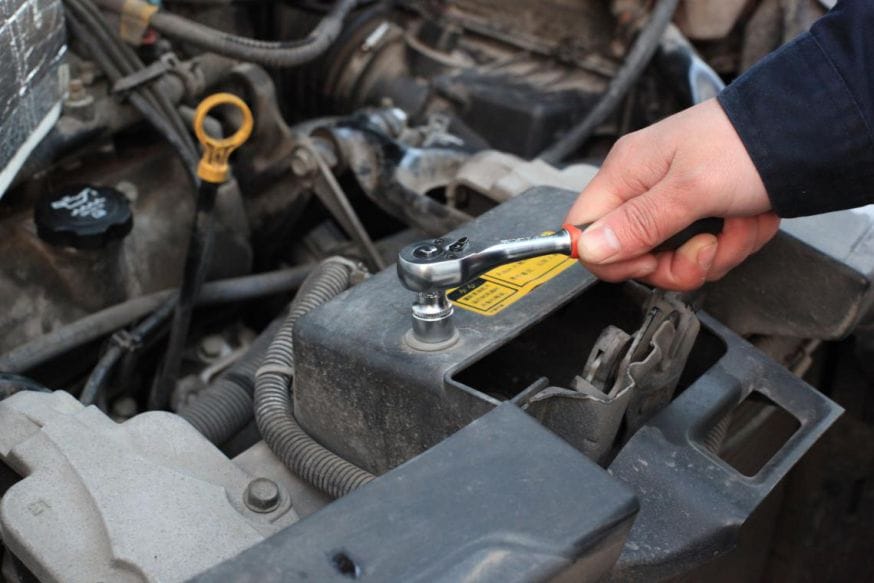
There are various specifications of socket:
1. The socket is defined by the size of the drive side. There are holes on both sides of the socket, one side is the working port (usually 6 corners or 12 corners, there are also special shapes), and the other side is the drive port (square hole). The size of the drive side is generally the specification of the socket. For example: The size of any two opposite sides of a hexagonal socket is 12mm, then this specification is 12mm.
2. According to the size of the drive port (square hole), there are generally 1/4” series, 3/8”series, 1/2” series, 3/4” series, 1” series
3. The socket is generally divided into long sockets and short sockets according to its total length.
- 1/4” series: The length of short socket is generally 24.5mm, and the length of long socket is generally 49mm;
- 3/8” series: The length of short socket is generally 25mm, and the length of long socket is generally 64mm;
- 1/2” series: The length of short socket is generally 38mm, and the length of long socket is generally 78mm;
- 3/4” series are commonly used in lengths of 56mm and 80mm;
- 1” series are commonly used in lengths of 80mm and 90mm.
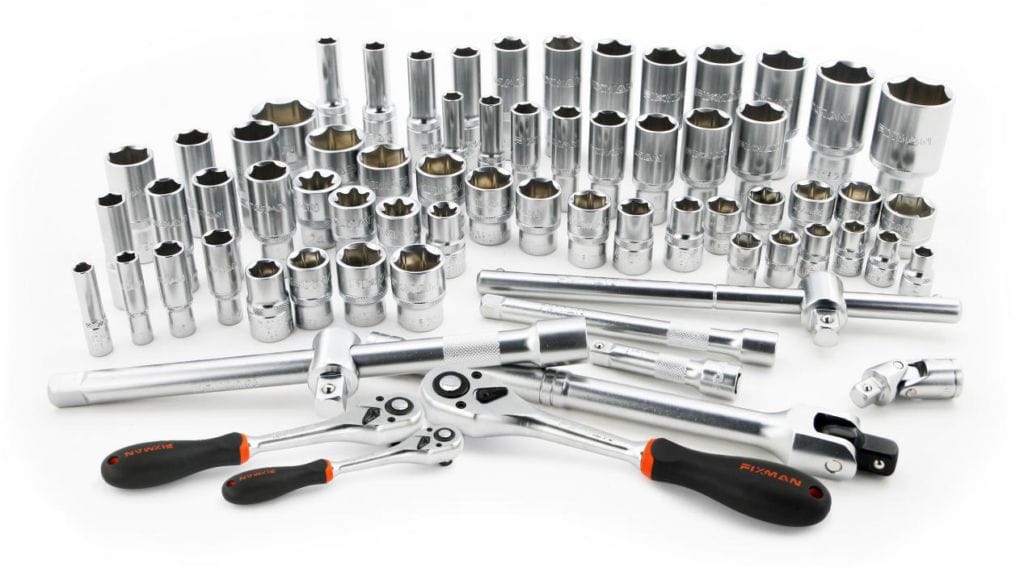
4. To classify according to the use frequency and application scenario of the socket, there are generally manual sockets (used manually with a ratchet wrench) and pneumatic sockets (used with Pneumatic tools). The surface of the manual socket is generally chrome-plated which is white, and the material is generally Cr-V 50BV30; the surface treatment of the pneumatic socket is generally electrophoresis or black oxide, that is to say, the material is generally chrome-molybdenum steel. Therefore, usually pneumatic socket has a longer lifetime under the same conditions of use
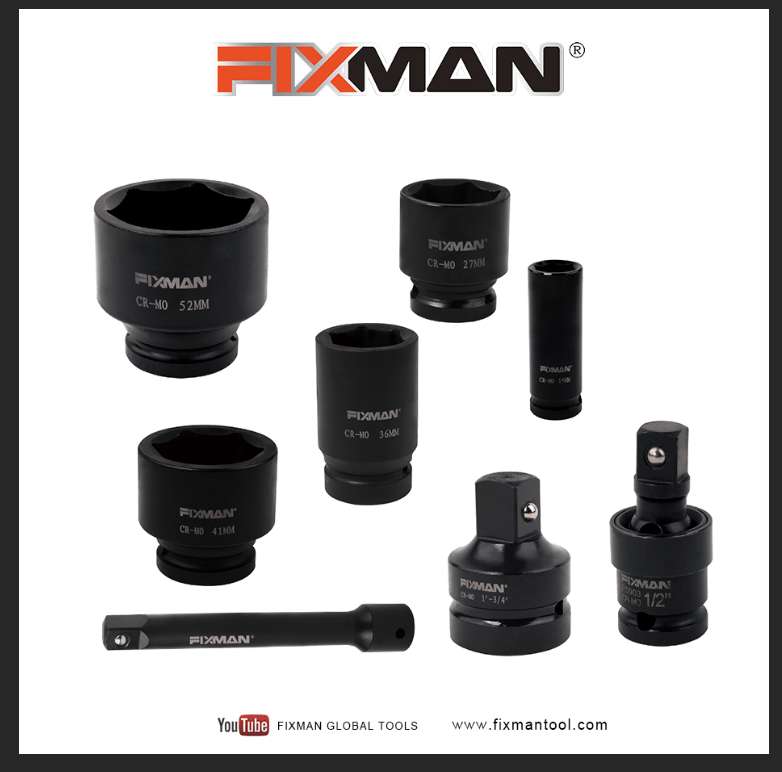
5. There are also explosion-proof sockets (generally made of copper) and insulating sockets (with a resistance of more than 1000V) used in some special occasions
